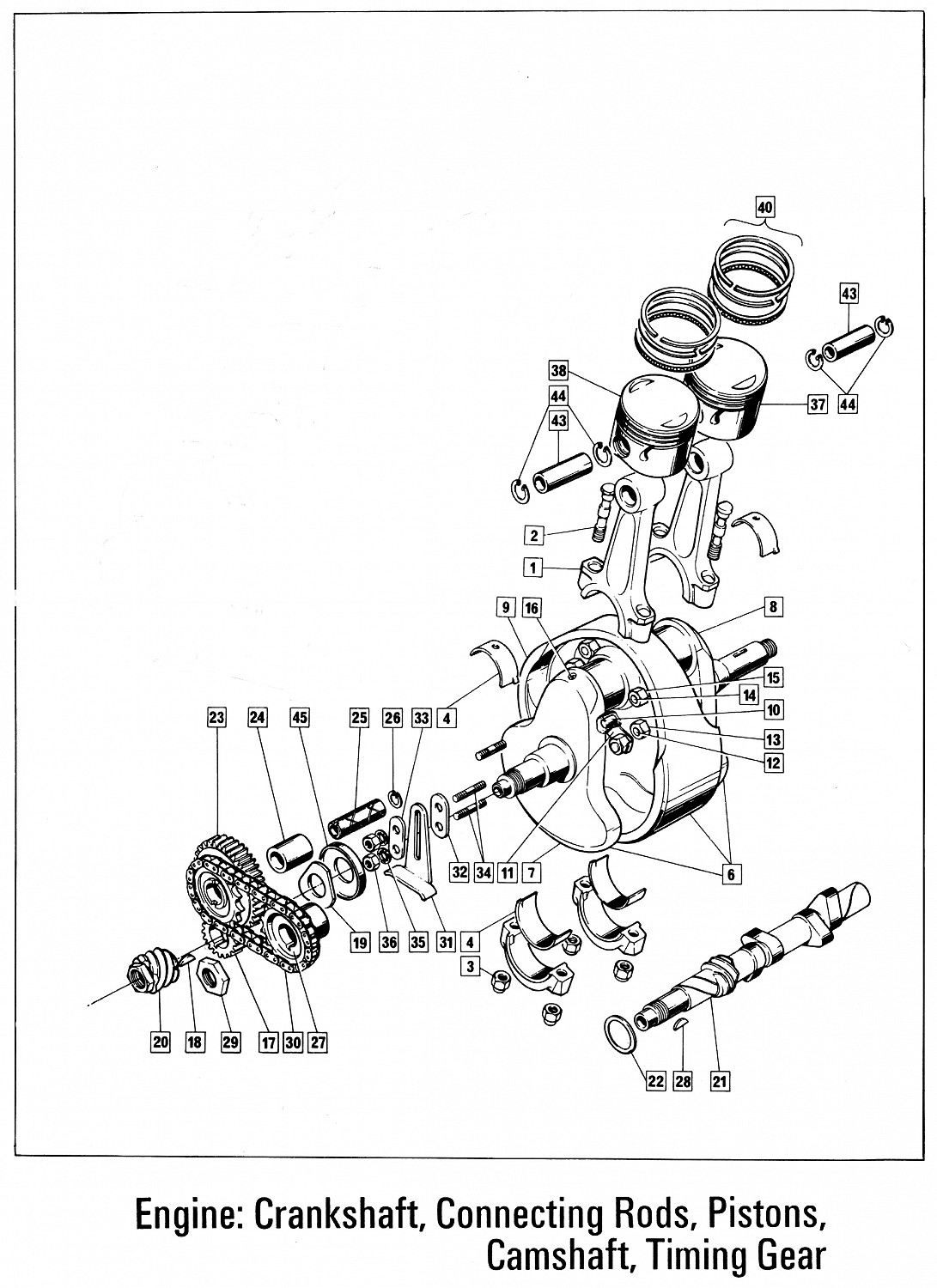- Joined
- Mar 14, 2022
- Messages
- 17
hi all
does anyone here no if the dowel hole on the crankshaft flywheel off norton commando 850 is the same diameter between mk2 and mk 3
because i am looking at getting molnar flywheel which is made for early crankshafts mine is a mk3 crank i allready no that i have to drill the bolt holes out to 3/8 but what about the dowel hole
does anyone here no if the dowel hole on the crankshaft flywheel off norton commando 850 is the same diameter between mk2 and mk 3
because i am looking at getting molnar flywheel which is made for early crankshafts mine is a mk3 crank i allready no that i have to drill the bolt holes out to 3/8 but what about the dowel hole




